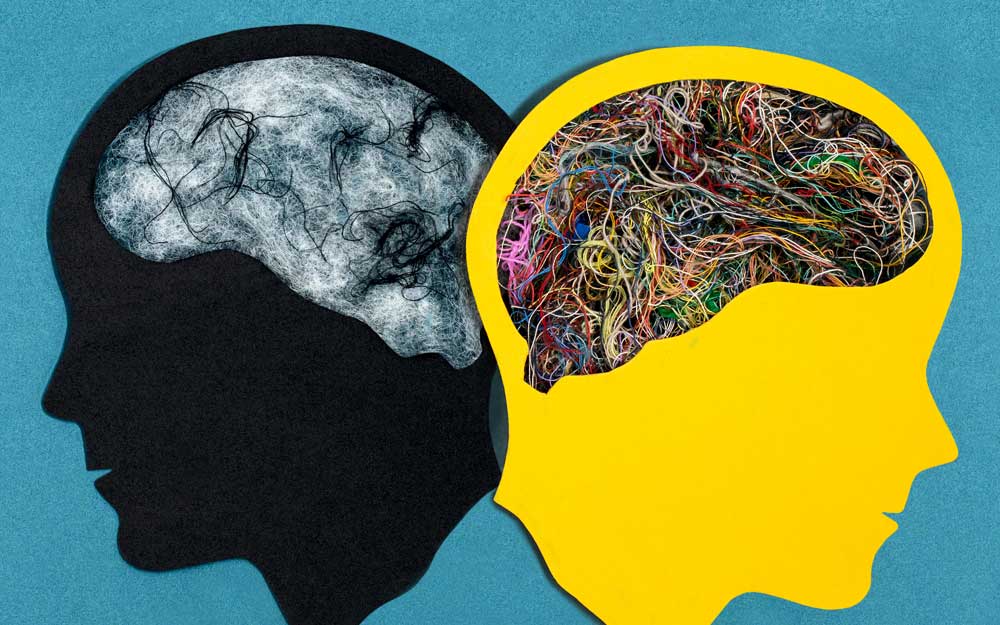Bipolar disorder affects approximately 4% of U.S. adults at some time in their lives.
What is bipolar disorder?
Bipolar disorder is a condition marked by dramatic shifts in mood, energy, and activity levels that prevent a person from participating in typical daily tasks. To be diagnosed with bipolar disorder, a person must experience symptoms of mania for seven days and also meet the requirements for major depression. Depending on the severity and length of the mood shifts, a person may be diagnosed with bipolar I or bipolar II. Bipolar II involves less drastic mood shifts that may last longer than those in bipolar I.While bipolar disorder can be present at any age, it’s most often diagnosed in late adolescence or young adulthood. Treatment is often effective in reducing the frequency of future mood episodes or increasing the length of time between episodes.
Criteria for manic and depressive episodes
“A person experiencing a manic episode will go at least seven days with very little sleep, have pressured speech, experience rapid thoughts that don’t make much sense, and engage in impulsive or risky behaviors like spending excessive amounts of money,” says Dr. Peggy Scallon, medical director of Rogers Behavioral Health’s Focus Depression Recovery adolescent residential care program. Manic episodes represent a dramatic departure from a person’s normal baseline. Dr. Scallon is quick to caution against any simplification of manic episodes, clarifying that “chronic irritability is not the same thing as a manic episode.” Other symptoms of a manic episode include:
- Being easily distracted
- Rapid thoughts
- Feeling incredibly “up” or having an unusual amount of energy
Another important diagnostic requirement for bipolar disorder is the presence of depressive episodes lasting at least two weeks at a time. “Someone experiencing a depressive episode may not be able to get out of bed, they’re very sad, they may be suicidal, and they may not be functioning at the level they normally do,” explains Dr. Scallon. Additional symptoms of a depressive episode may include:
- Changes in appetite or weight
- Trouble concentrating
- Suicidal thoughts
In addition to manic and depressive episodes, people with bipolar disorder are also likely to have times of normal functioning where they are neither depressed nor manic. However, once a manic episode has occurred, the person is at a high risk of additional mood cycling.
Bipolar disorder in children and young adolescents
While there are children who meet the criteria for bipolar disorder, it is considered a controversial diagnosis. Dr. Scallon points out that during the 1990s and 2000s, there was a significant over-diagnosis of bipolar disorder in children. The controversy surrounding bipolar in this age group continues today, though diagnoses in very young children are not as common since the introduction of disruptive mood dysregulation disorder (DMDD).
DMDD describes children and teens who experience extreme anger and intense outbursts that go beyond what is considered normal childhood moodiness. DMDD was introduced in 2013 as research continued to show that children who were diagnosed with bipolar disorder did not go on to meet the criteria of bipolar disorder as adults at any greater frequency than other psychiatric disorders such as anxiety or depression.
Help at Rogers
Rogers offers effective, evidence-based treatment for those seeking help for mental health conditions, including bipolar disorder. To request a free, confidential screening, please call 800-767-4411 or request a screening online.


